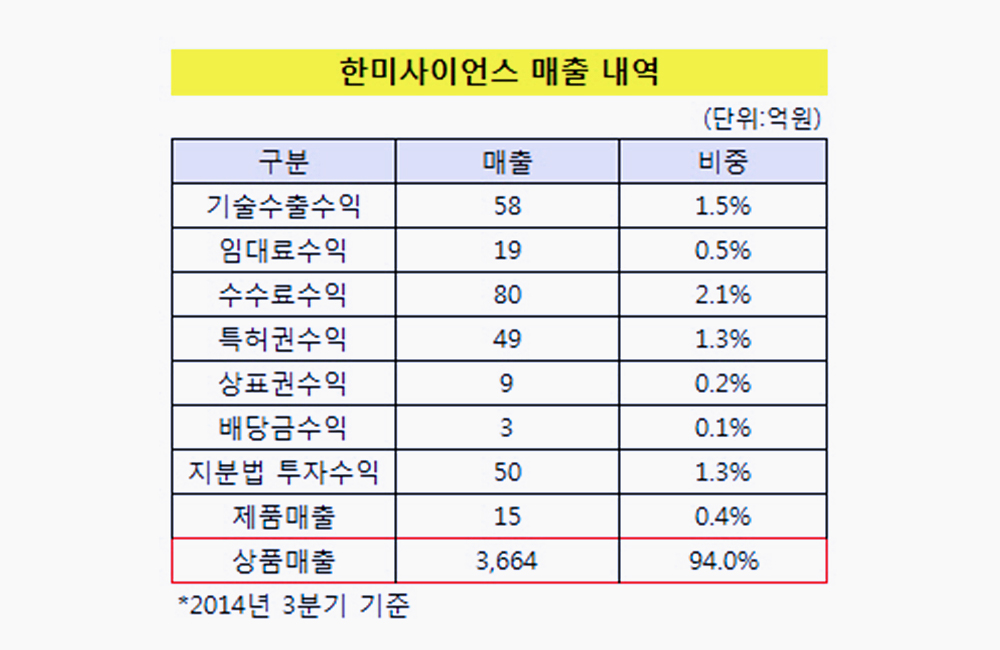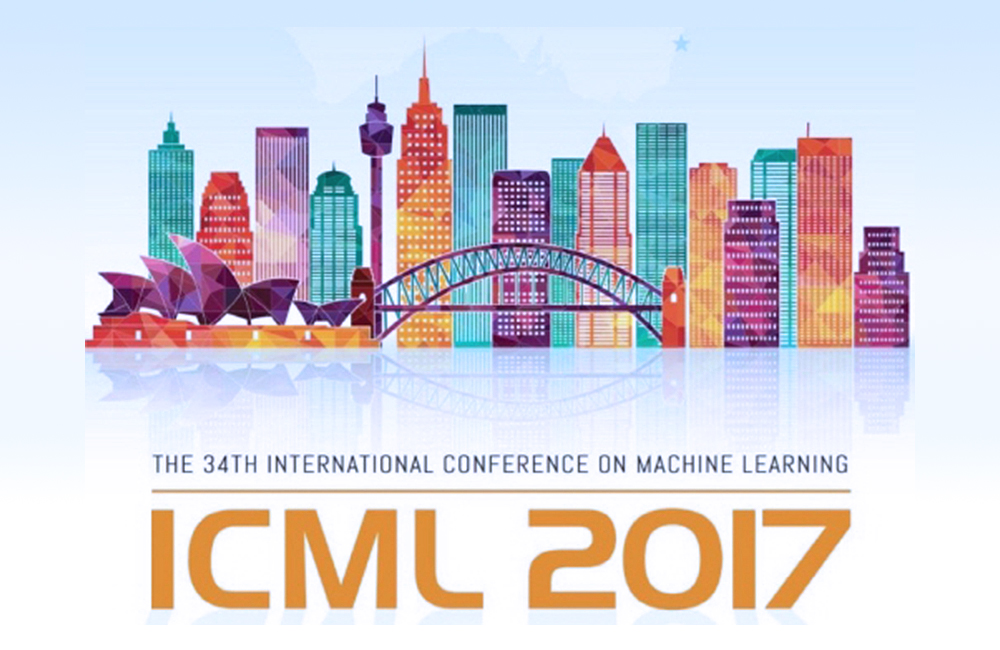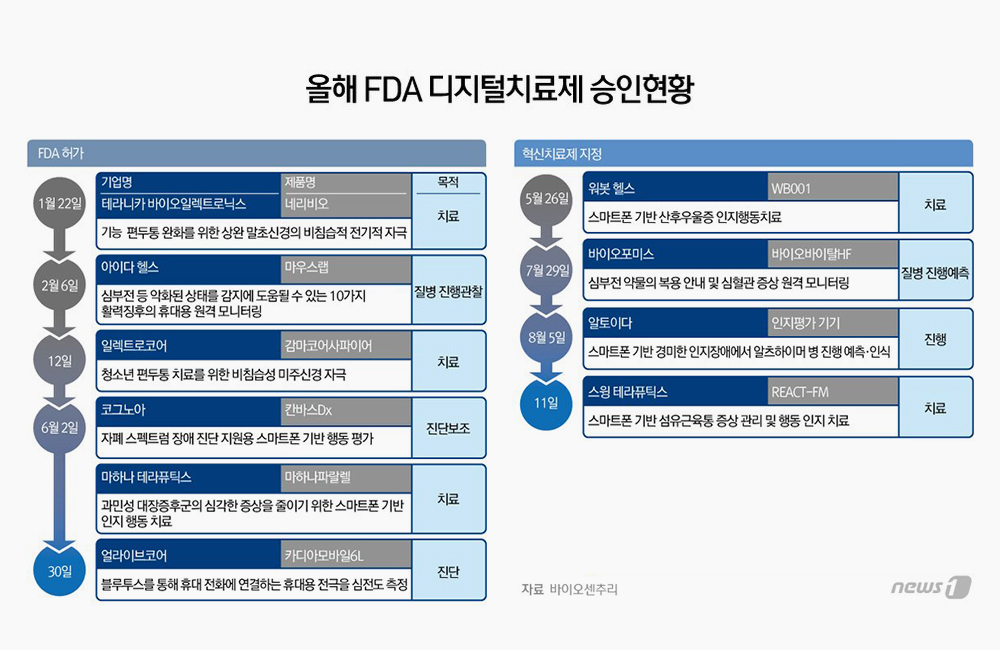The use of AI in medical imaging continues
to expand, and a new tool can help anesthesiologists deliver quicker and more
accurate care.
Healthcare systems are adopting new ways to
use artificial intelligence to improve workflows, patient care and more, from
chatbots that screen for COVID-19 symptoms to more accurate cancer diagnoses.
In the field of anesthesiology, Intel and
Samsung Medison recently collaborated, using AI to create a tool that makes
administering a nerve block faster and more accurate. NerveTrack is a real-time
nerve tracking ultrasound feature created using Intel’s OpenVINO toolkit, says
Alex Flores, medical imaging director of Intel’s health and life sciences division.
The toolkit helps organizations develop apps and platforms that use AI to
emulate human vision.
Anesthesiologists are using NerveTrack to
help identify the median and ulnar nerves in patients’ arms, where nerve blocks
are often injected before surgeries and to relieve recovery pain.
New Levels of Nerve Scanning Accuracy
NerveTrack offers support similar to the
way self-parking cars help drivers who struggle with parallel parking, Flores
says. With some nerves as small as 2 millimeters in diameter, it can be
time-consuming and difficult to identify them with an ultrasound machine.
“What
anesthesiologists find is twofold,” Flores says. “One, they may need some
assistance in finding that nerve block within that forearm. Or two, it’s very
tedious, and they want to automate that process so they can spend more time
working with a patient.”
The new technology reduces the possibility
of complications and cuts scanning time by up to 30 percent compared with using
a regular ultrasound, Flores says. It also increases the accuracy of scanning
the nerve by 20 percent.
“Essentially, the way
it works is Samsung has a data set — a lot of different images that it uses to
create an algorithm or a model that helps detect the actual nerve block in the
arm,” Flores says.
Though NerveTrack is a nascent technology,
sonographers, medical students and residents at the University of Nevada, Las
Vegas’s teaching hospital are already using the tool. The Pain Management
Center at Seoul National University Hospital in South Korea has also deployed
the technology.
Using high-performance computing and AI
technologies in medical imaging is one of the best ways to help healthcare
professionals worldwide, says Dr. Won-Chul Bang, vice president of product
strategy at Samsung Medison.
“As AI is rapidly
growing in other fields, its application is increasing in medical imaging as
well,” he says. “AI can be used for workflow simplification, image quality
enhancement and to support the clinical decision.”
AI Growth and Usage in Medical Imaging
The healthcare industry has expanded its
use of AI in medical imaging and other functions, including clinical decision
support, says Mutaz Shegewi, IDC’s research director for provider IT
transformation strategies. “From a diagnostic standpoint, you have AI being
increasingly used to see what clinicians can’t see in medical imaging to be
able to identify certain lesions, certain manifestations of disease,” he adds.
When it comes to clinical decision support,
he says the benefits of AI to physicians and patients could be immense. “If AI
can tap into the global evidence base and convey that know-ledge into a
real-time process that complements physicians’ own intelligence, the benefits
are tremendous for the patient in terms of diagnosis, the clinical course of management
and the treatment being more likely to be effective, affordable and feasible,”
Shegewi says.









